How to pronounce restaurant
Do you find the information below useful? If you do, you can get guides like it for 1,000+ French words by downloading this app for your iPhone or iPad.
| l | 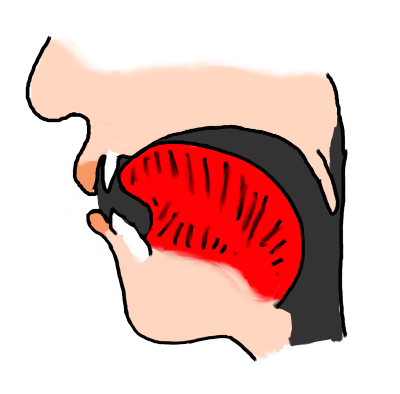 | The French 'l' is similar to the 'l' in English "with Lee". The tongue tip usually touches the back of the upper teeth. It is also a so-called "clear" l: in other words, you don't raise the back of your tongue as you pronounce the French 'l', as occurs in some cases in English. | |
| ə | 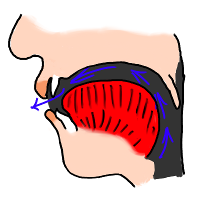 | The 'schwa' or 'neutral e' is pronounced with the tongue in a "central, relaxed" position and the mouth also in a 'half open, relaxed' position. Note that many French speakers actually tend to pronounce this vowel as a 'close eu' vowel (as occurs at the end of words ending in -euse), or at least with some rounding of the lips. | |
| ʁ | 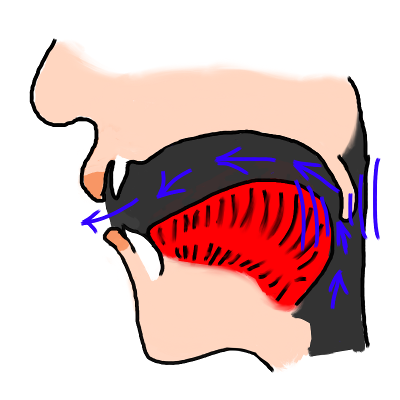 | The French 'r' is generally what is technically called a "uvular fricative". In simple language, that means you bring the back of your tongue close enough to the back of the mouth that it causes friction (the "raspy" sound that you hear) with the escaping air. | |
| ɛ | 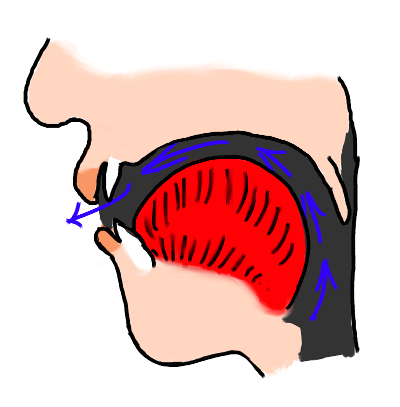 | The French 'open e' vowel, is pronounced with the tongue almost as far forward in the mouth as it will go, but with the mouth a bit more than half open. Keep your lips unrounded and aim to "hold your tongue and lips in position" (to avoid producing it as a "glide" or diphthong) as you pronounce this vowel. | |
| s | 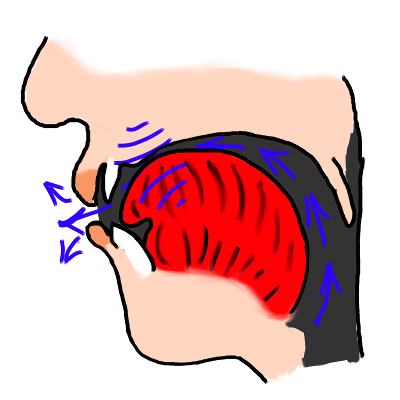 | A French 's' sound is made in a very similar way to an English 's' sound, by bringing the front part of the tongue very close to the ridge behind the teeth, causing friction as the air escapes. However, many English speakers use the very tip of the tongue, whereas in French it is common to use the part of the tongue just behind the tip (called the "blade" of the tongue). | |
| t |  | The French 't' is pronounced like an English 't' after a 'th' sound (as in "with two"). Your tongue touches the back of the teeth. Also try to avoid a "strong burst of air" (aspiration) as in English. If you are a native English speaker, repeat the word "tool" then "stool" with your hand in front of your mouth. In "tool", you'll feel a stronger burst of air than in "stool". In French, pronounce the 't' as in English "stool", without the strong burst of air. | |
| o | 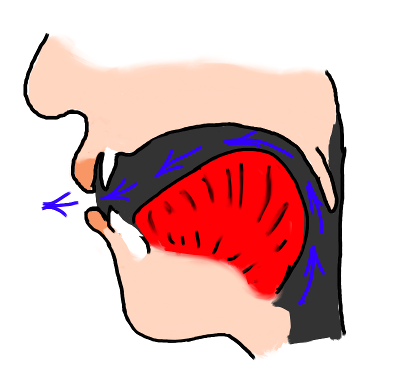 | The French 'close o' vowel is pronounced with the tongue far back in the mouth and with the back of the tongue raised up towards the soft palate (towards the back of the roof of the mouth). Holds the lips in a rounded, bunched position as you pronounce the vowel and avoid pronouncing it as a "glide" or diphthong. | |
| ʁ |  | The French 'r' is generally what is technically called a "uvular fricative". In simple language, that means you bring the back of your tongue close enough to the back of the mouth that it causes friction (the "raspy" sound that you hear) with the escaping air. | |
| ɑ̃ | 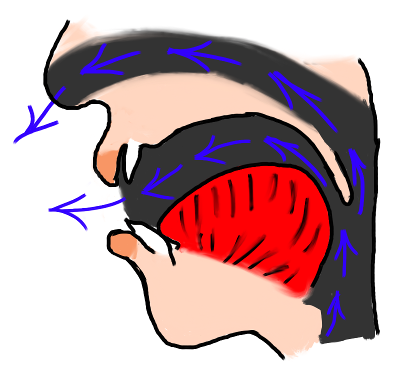 | This vowel is pronounced with the mouth relatively wide open and the tongue quite far towards the back of the mouth (similar to many English speakers' pronunciation of the word "are"). The vowel is nasalized: air escapes through the nose as well as the mouth. |